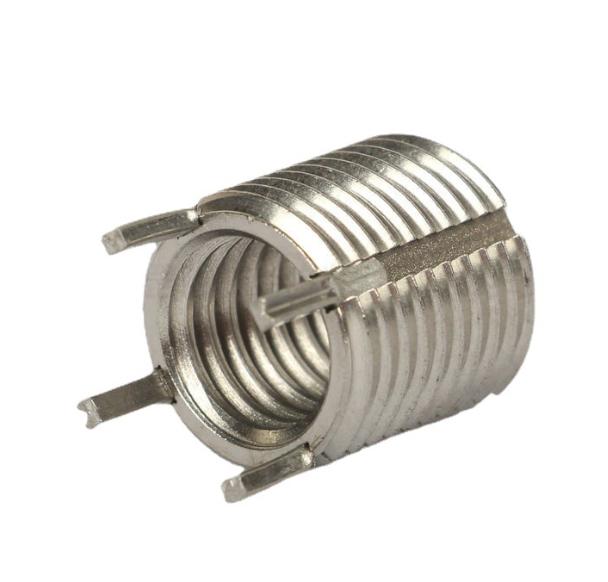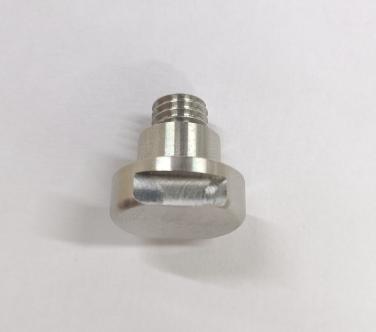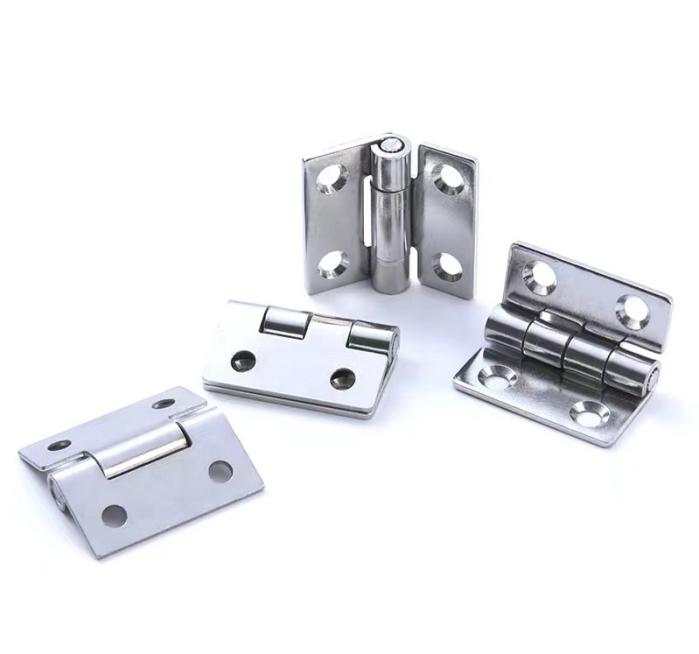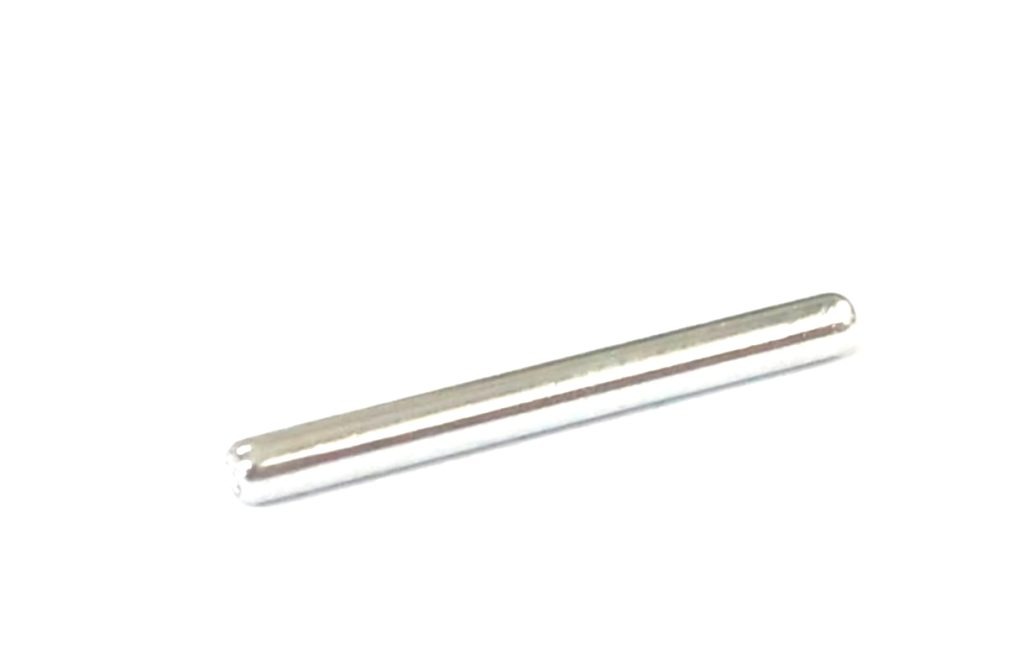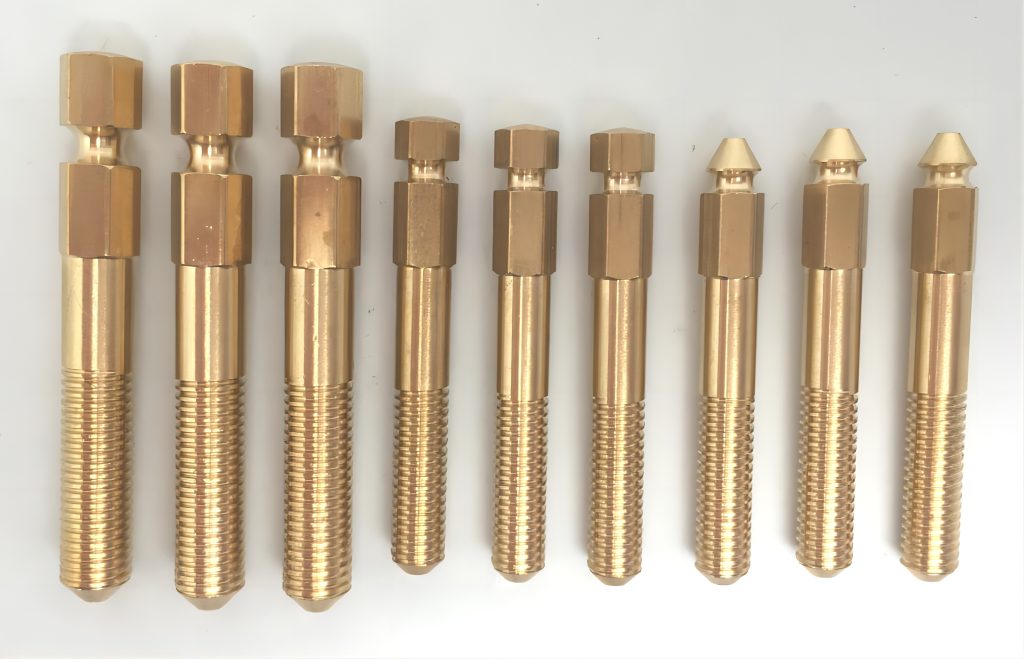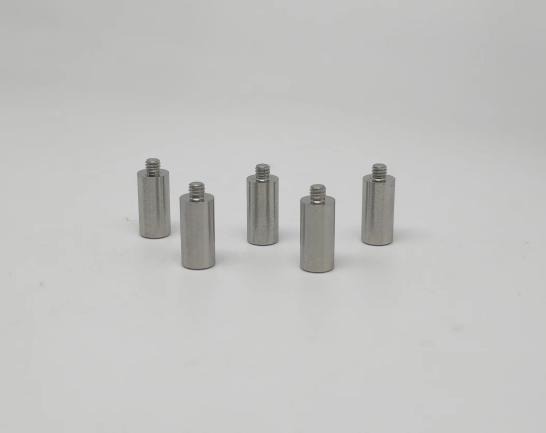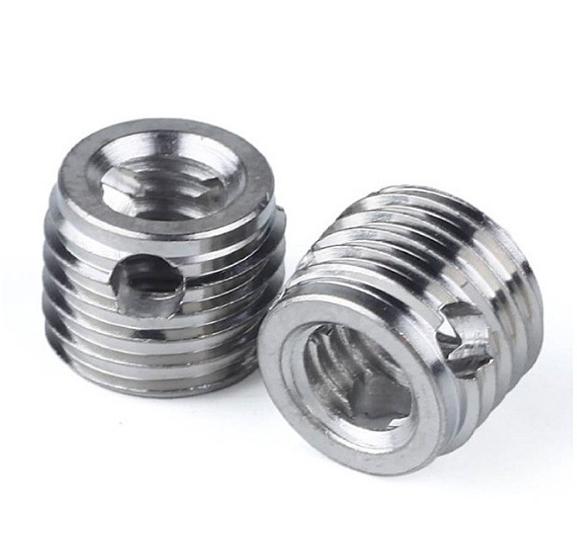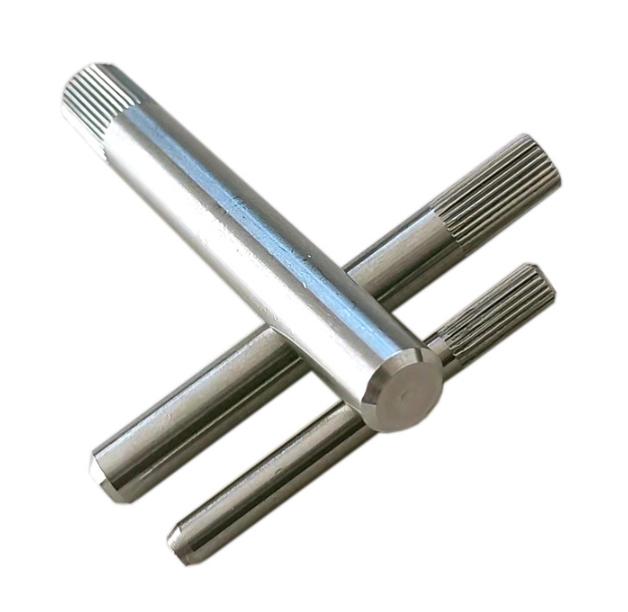How CNC Threading in Hard-to-machine Materials
CNC threading is essential when dealing with hard-to-machine materials. These materials, which include superalloys, hardened steels, and ceramics, present significant challenges due to their toughness, heat resistance, and wear resistance. However, advancements in CNC technology, tooling, and machining strategies have enabled manufacturers to effectively produce high-quality threads in these demanding materials. This article explores the complexities and solutions associated with CNC threading in hard-to-machine materials.
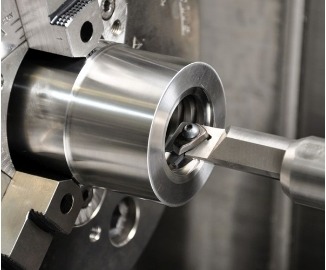
Understanding Hard-to-Machine Materials
Hard-to-machine materials are valued for their exceptional mechanical properties, making them indispensable in high-performance applications across various industries such as aerospace, automotive, and medical devices. Some common hard-to-machine materials include:
- Superalloys: Nickel-based or cobalt-based alloys, such as Inconel, Hastelloy, and Waspaloy, designed to withstand extreme temperatures and mechanical stress.
- Hardened Steels: Steels like H13 and D2 that have been heat-treated to achieve high hardness levels, providing resistance to wear and deformation.
- Titanium Alloys: Known for their high strength-to-weight ratio and corrosion resistance, alloys like Ti-6Al-4V are widely used in aerospace and biomedical fields.
- Ceramics: Extremely hard and brittle materials like silicon carbide and aluminum oxide.
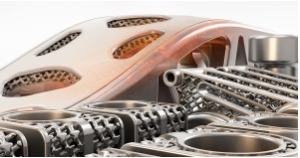
Key Challenges in CNC Threading of Hard-to-Machine Materials
- Tool Wear: The high hardness and abrasiveness of these materials cause rapid tool wear, leading to frequent tool changes, increased downtime, and higher tooling costs.
- Heat Generation: Significant heat is generated during the threading process, which can degrade the material properties, cause thermal expansion, and lead to tool failure.
- Chatter and Vibration: The stiffness and hardness of these materials can cause chatter and vibration during threading, negatively impacting thread quality and dimensional accuracy.
- Chip Formation and Evacuation: Hard-to-machine materials often produce long, continuous chips that can interfere with the machining process, leading to tool breakage and damage to the workpiece.
- Surface Integrity and Finish: Achieving the desired surface finish and maintaining the integrity of the threaded surface is challenging due to the material properties and machining conditions.
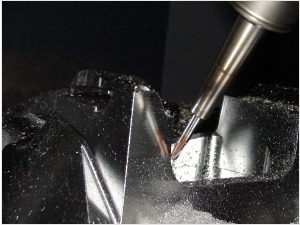
Strategies and Technologies for CNC Threading of Hard-to-Machine Materials
CNC threading of hard-to-machine materials requires innovative strategies and advanced technologies to overcome the challenges posed by these demanding materials.
1. Advanced Tool Materials
Carbide Tools
- Description: Carbide tools are made from tungsten carbide, a hard and durable material.
- Benefits: These tools offer high wear resistance and can maintain sharp cutting edges under high-stress conditions, making them suitable for threading hard materials like hardened steels and superalloys.
Cubic Boron Nitride (CBN)
- Description: CBN tools are made from a crystalline form of boron nitride, second in hardness only to diamond.
- Benefits: CBN tools are ideal for machining hardened steels and superalloys due to their excellent thermal conductivity and resistance to wear.
Polycrystalline Diamond (PCD)
- Description: PCD tools are made from diamond particles bonded together.
- Benefits: PCD tools provide superior hardness and wear resistance, making them suitable for threading ceramics and other extremely hard materials.
2. Optimized Cutting Parameters
Cutting Speeds and Feeds
- Strategy: Adjust cutting speeds and feed rates to minimize tool wear and heat generation.
- Implementation: Lower cutting speeds and higher feed rates are often used for hard-to-machine materials. These adjustments help maintain tool life and achieve better thread quality.
Depth of Cut
- Strategy: Control the depth of cut to balance material removal rates and tool life.
- Implementation: A smaller depth of cut reduces the load on the tool, preventing premature wear and maintaining thread accuracy.
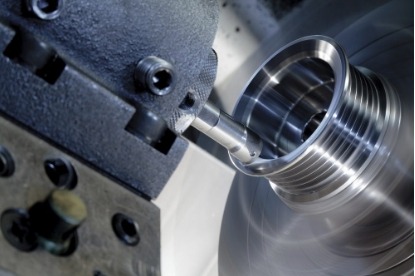
3. High-Pressure Coolant Systems
Coolant Application
- Description: High-pressure coolant systems deliver coolant directly to the cutting zone.
- Benefits: These systems effectively remove heat, reducing the risk of thermal damage to the tool and workpiece. They also assist in chip evacuation, preventing chip clogging and tool breakage.
Coolant Selection
- Strategy: Choose appropriate coolant types based on the material being machined.
- Implementation: Water-based coolants are commonly used for their excellent cooling properties, while oil-based coolants provide superior lubrication, reducing friction and tool wear.
4. Rigid Machine Setup
Machine Rigidity
- Strategy: Ensure a rigid machine setup to minimize vibrations and maintain thread quality.
- Implementation: Use sturdy fixtures, precision spindles, and vibration-damping technologies to enhance machine stability during threading operations.
Tool Holders and Fixturing
- Strategy: Employ high-quality tool holders and fixturing systems to secure the workpiece and tool.
- Implementation: Precision tool holders and robust fixturing systems reduce the risk of deflection and misalignment, ensuring consistent thread quality.
5. Thread Milling and Thread Whirling
Thread Milling
- Description: A rotating tool moves along the path of the thread, cutting multiple threads in a single pass.
- Benefits: CNC thread milling offers better control over the threading process, reduced cutting forces, and the ability to produce threads with varying pitches and diameters.
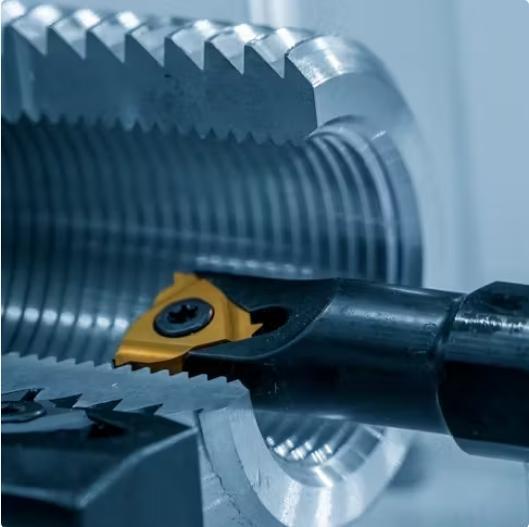
Thread Whirling
- Description: A specialized tool with multiple cutting edges rotates around the workpiece, creating threads through a whirling motion.
- Benefits: Thread whirling provides high precision, excellent surface finish, and reduced cutting forces, making it suitable for threading hard materials like titanium and superalloys.
6. CAM Software Optimization
Tool Path Optimization
- Strategy: Use advanced CAM software to optimize CNC tool paths for efficient and precise threading operations.
- Implementation: CAM software can simulate the machining process, suggest optimal cutting parameters, and generate tool paths that minimize tool wear and heat generation.
Process Simulation
- Strategy: Leverage simulation capabilities of CAM software to predict and address potential issues before actual machining.
- Implementation: Simulating the threading process allows for adjustments to be made to tool paths, cutting parameters, and machine setup, ensuring smooth and efficient operations.
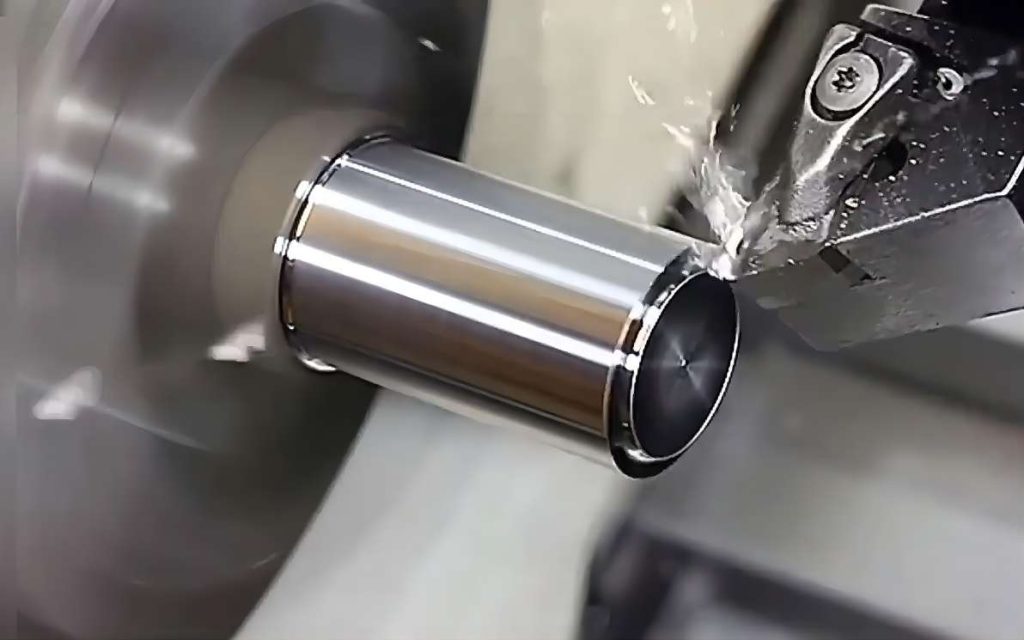
Applications of CNC Threading in Hard-to-Machine Materials
This chart summarizes the various applications of CNC threading in hard-to-machine materials, highlighting the material types and specific uses across different industries.
| Industry | Material | Application | Description |
| Aerospace | Superalloys | Turbine Blades | CNC threading used for producing precise threads in turbine blades to ensure durability and performance under extreme conditions. |
| Titanium Alloys | Landing Gear Components | High-strength threads in titanium alloys for landing gear components to withstand high stress and weight loads. | |
| Hardened Steels | Engine Components | Creating durable threads in engine components to enhance performance and longevity. | |
| Automotive | Hardened Steels | Transmission Parts | Precision threads in hardened steels for transmission gears and shafts to improve reliability and efficiency. |
| Superalloys | Turbocharger Components | Threading in superalloys for turbocharger parts to handle high temperatures and pressures. | |
| Medical Devices | Titanium Alloys | Implants and Prosthetics | CNC threading used to create secure and precise threads in implants and prosthetics for better integration with human tissue. |
| Hardened Steels | Surgical Instruments | Threads in surgical tools to ensure durability and reliability during medical procedures. | |
| Energy | Superalloys | Oil and Gas Drilling Equipment | Threading in superalloy components used in drilling rigs and downhole tools to withstand harsh environments. |
| Hardened Steels | Power Generation Turbines | Durable threads in power generation turbines to maintain performance under high stress and temperature conditions. | |
| Defense | Hardened Steels | Weapon Components | CNC threading in weapon parts to ensure precision and reliability in defense applications. |
| Superalloys | Missile and Rocket Components | Creating threads in superalloys for missile and rocket components to endure extreme conditions and stresses. | |
| Electronics | Ceramics | Semiconductor Manufacturing Equipment | Threads in ceramic components for semiconductor equipment, providing wear resistance and precision. |
| Hardened Steels | Electronic Device Enclosures | Durable and precise threads in hardened steels for protective enclosures of electronic devices. | |
| Marine | Superalloys | Submarine and Ship Components | Threading in superalloy parts for submarines and ships to resist corrosion and extreme pressure. |
| Titanium Alloys | Offshore Drilling Equipment | Creating strong threads in titanium components used in offshore drilling for enhanced corrosion resistance. | |
| Tool and Die | Hardened Steels | Molds and Dies | CNC threading in hardened steel molds and dies to improve tool life and precision in manufacturing. |
| Industrial Machinery | Superalloys | Heavy Equipment Components | Threads in superalloy parts for heavy machinery to enhance durability and performance under high loads. |
| Hardened Steels | Robotic Arms | Precision threads in robotic arm components to ensure smooth operation and long service life. |
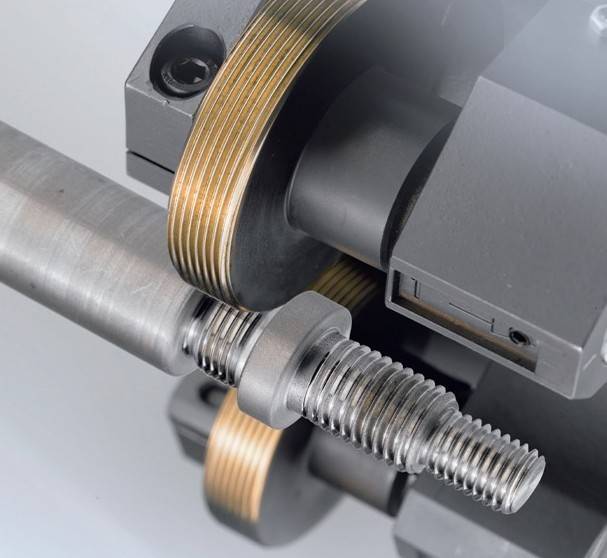
Conclusion
CNC threading in hard-to-machine materials is a complex but essential aspect of modern manufacturing. Through the use of advanced tool materials, optimized cutting parameters, high-pressure coolants, and innovative machining techniques, manufacturers can achieve precise and high-quality threads in the toughest materials. As technology continues to advance, the capabilities of CNC machining will further expand, opening new possibilities for the production of high-performance components in demanding industries.

